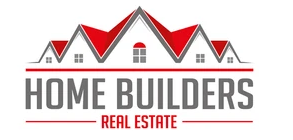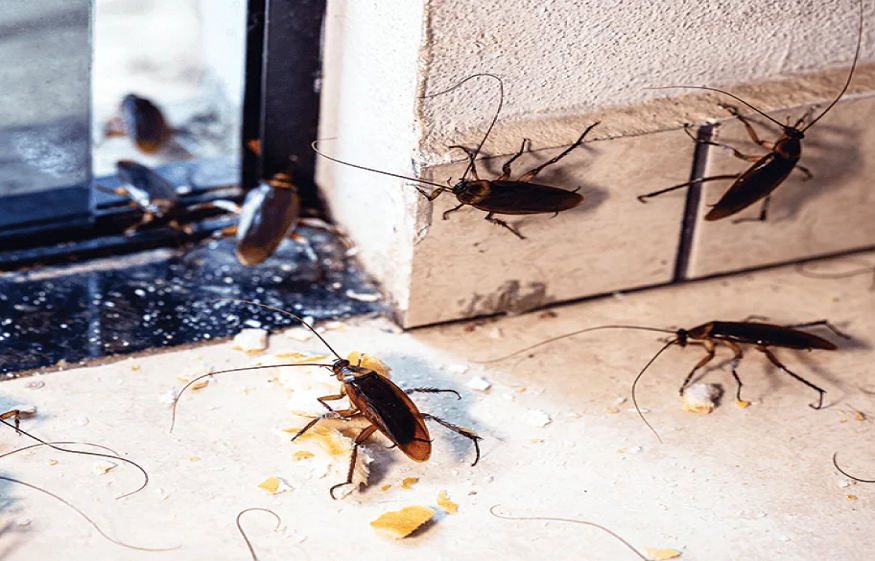Thanks to the hot and humid climate in Clermont, termites are seen in many homes throughout the year. The rainy season only adds to the swarming and growth of termite colonies. With winters being mild here, termite activity doesn’t really slow down. As a homeowner, you should be concerned about this particular uninvited guest, considering the damage can be vast. Termites survive on wood, and older properties with aging wooden structures are particularly vulnerable. Within months, termite-induced losses can require expensive repairs.
Renowned exterminators like Avata Pest Control recommend Clermont homeowners schedule yearly inspections, even if they haven’t seen a live termite. Head over here if you think you need a check or haven’t scheduled one in more than a year. In this guide, we will discuss what professional termite treatment looks like.
Types of Termites and Signs
The most common of all are subterranean termites, which live in soil and can damage wooden structures and foundations. Drywood termites are also seen in attics and can impact furniture. Unlike many other pests, termites are increasingly hard to detect, so you have to keep an eye on subtle signs. Check if there are mud tubes around the house and if some of your wooden structures or furniture sound hollow. During spring and early summer, you may also see flying swarmers and discarded wings.
Initial Termite Inspection
When exterminators arrive, they will look for the signs we discussed. They will also check the likely entry points and whether attics and other parts of the house are damaged. Technicians will come with all tools, including moisture meters that help find damp wood. Hidden colonies can be found using thermal imaging, while most teams also have probing tools. Depending on the property size, this can take a few hours.
Termite Treatment Options
Termite treatments depend on the needs. Soil treatments are often recommended, which helps create a barrier. Technicians will trench and drill around the foundation for this, and the approach works well for subterranean termites. They may also consider bait stations, which are installed in the soil around the perimeter of the property. If your home has drywood termites, fumigation is recommended for extreme situations. Borate sprays or foams are also used for treating affected furniture and older wood.
Things to Discuss
As a customer, you should ask the company whether they use safer products, which won’t pose risks to your family and the planet. Make sure you don’t agree to indoor spraying unless necessary, and it is always better to discuss precautions before the treatment starts. You may have to remove pets from the property for some time.
Costs and Beyond
Inspection costs aren’t high, and many exterminators charge a flat fee. The treatment expenses depend on the methods, severity of the situation, and overall property size. Soil treatments can be a tad expensive, but that’s the most effective way to protect your home. Bait systems are for ongoing monitoring fees.
After the Treatment
If the technicians found termites, they will usually come back after a few weeks to check whether further steps are required. When bait stations are placed, they are checked every few months. Older homes should ideally have an inspection every year. It is always better to spend on landscaping and ensure that the wooden structures of the property aren’t directly in soil contact. If there are moisture issues inside your home, consider fixing them, and don’t forget to store firewood away from the building.
Professional pest control services in Clermont also have yearly plans, which you can consider for a fixed price. The team will inspect the property, take additional measures if needed, and reduce the risk of damage.

